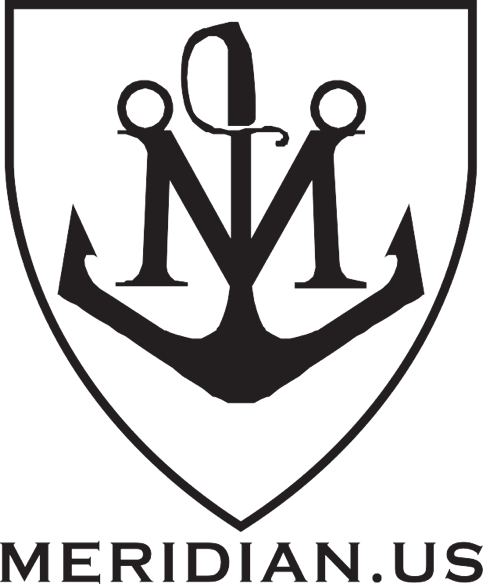Title Page
-
001
-
Client / Site
-
Conducted on
-
Jay Le
-
Location
-
Personnel
HOUSEKEEPING
-
Are there any slippery conditions on walkways or working surfaces?
-
Are passageways, walkways, staging platforms, ramps, stairways, emergency exits, and aisles clear of debris, tools, materials, equipmemt, hoses, and electrical service cords?
-
If a walkway or part of a walkway is being used as a working surface, is that portion blocked off to prevent it from being used as a walkway?
-
Are cords and hoses protected using cord ramps where forklifts are known to travel?
-
Do working areas and walkways including onboard vessels have adequate lighting?
-
Are adequate trash bins provided?
FIRE PREVENTION/FIRE EQUIPMENT
-
Are flammable or combustible materials/liquuds while not in use stored away in flammable lockers?
-
Are flammable or combustible materials that are in use near any ignition sources? (E.g. slag, sparks, flames...etc)
-
Have areas with unknown atmospheres been inspected and certified as safe for hot/safe for men by a marine chemist and inspected thoroughly by a shipyard competent person prior to the commencement of hot work?
-
Are fire trees readily available and accessible?
-
Are fire extinguishers accessible?
-
Are local fire department's phone number posted?
HOT WORK
-
Are current and valid hot work permits posted in required areas?
-
Is there proper ventilation where hot work is being performed in required areas? (E.g. enclosed areas, confined spaces...etc.)
-
Is fire watch assigned, qualified, and equipped with a fire extinguisher?
-
Are areas where sparks and hot slag are known to land clear of flammable and/or combustible materials/liquids? Are there signs or precautionary measures taken to warn others from standing or walking nearby?
-
Are fuel gases, oxygen hose lines, or torches left unattended in confined/enclosed spaces?
-
Are all fuel gases and oxygen hose lines disconnected at the supply manifold at the end of each shift?
SCAFFOLDING
-
Tag verification?
-
Any damaged, broken, or defective components? (E.g. guardrails, toeboards, mudsils, cross braces...etc.)
-
Are employees below protected from falling objects?
-
Are guardrails, intermediate rails, toeboards, and screens in place?
-
Do movable scaffolds have wheel locked in place prior to use?
-
For applicable scaffolds, are mudsils and baseplates properly secured?
-
Is safe access provided to all staging levels?
FALL PREVENTION/PROTECTION
-
Can employees step safely to or from the wharf, float, barge, or river towboat?
-
Are flush manholes or other small openings of comparable sizes in the deck or other working surfaces covered and/or guarded above the height of 30 inches?
-
Are there safety guard hatch kit rails in place over large opened hatches that is not protected by coamings to a height of 24 inches?
-
Are employees exposed to unguarded edges of decks, platforms, flats, or similar flat surfaces above 5 ft. ?
-
Are there any sections of bilges where floor plates or gratings that have been removed?
-
Do guard rails have a top rail, midrail, and posts that run vertically in height within a 42-45 inches from the upper surface of the top rail to the floor, platform, runway, or ramp level?
-
Are employees wearing safety harnesses 5 feet above a solid surface where adequate guard rails are not omitted?
-
Are ladders secured to prevent slipping, sliding, or falling?














